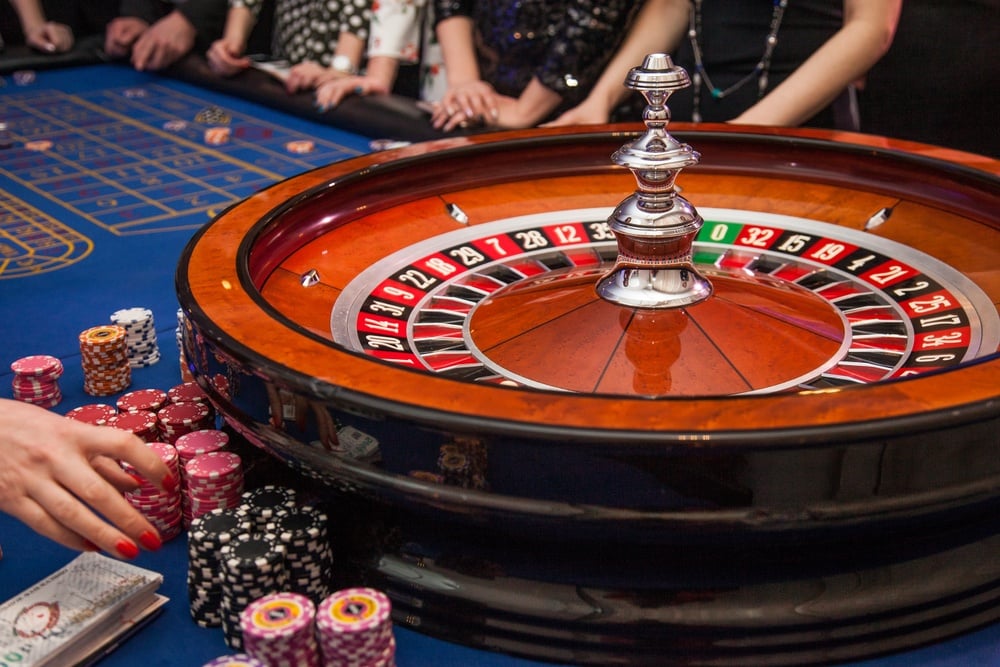Inside the World of Roulette Cheating: The Mechanics of Past Posting

Image: Shutterstock
Exploring Casino Cheating: Lessons from Experts
The world of gambling has long attracted both players and cheats searching for an edge, especially in classic games like roulette. Renowned gambling sleight-of-hand artist and expert R. Paul Wilson shares his early encounters with luminaries such as Darwin Ortiz and reflects on learning about cheating strategies beyond the realm of cards and into the casino floor.
During a famed gathering at Tam Shepherd’s Trick Shop in Glasgow—an iconic hub for magicians—Wilson quizzed Ortiz about beating roulette. Ortiz offered a thought-provoking reply: if a cheater could place a bet after the ball had landed, would victory be possible? This challenge sparked Wilson’s ongoing curiosity about the practicalities and dangers of this elusive casino cheat.
The Concept Behind Past Posting in Roulette
Past posting refers to the act of sneaking a wager onto the roulette table after the winning number is known but before the croupier has finished the payout process. While it sounds straightforward—simply add a chip after the result—success demands precision, nerves of steel, and impeccable timing.
Cheaters use this method to try to win big, but the risks are substantial. Seasoned casino staff might insist they would never fall for it, yet during busy sessions filled with distractions, even vigilant dealers can occasionally be deceived by skillfully executed moves.
How Past Posting Works: Common Tactics at the Roulette Table

Image: Shutterstock
Professional past-posters seldom act recklessly or repeatedly at one venue. They look for perfect moments, often exploiting periods when dealers are most distracted or the table layout is most vulnerable to manipulation. Some favored methods include:
– Targeting the large, centrally located red and black bets due to their accessibility from multiple positions.
– Using sleight-of-hand to conceal a chip beneath the palm and subtly slide it onto the betting area with a quick flick of the thumb.
– Timing their move precisely as the winning number is announced and the dealer’s attention is diverted by another player or an orchestrated distraction.
Practice is crucial—not only in moving chips covertly but also in reading the croupier’s focus and table dynamics. Some cheaters may even employ accomplices, one creating a diversion while another slides the bet into place.
A more sophisticated variant involves hiding a high-value chip under a stack of lower-value chips. Sometimes, a player may purposefully buy more chips or make elaborate gestures as a cover story, allowing them to reach across the table and position their wager without raising immediate suspicion. However, such techniques are rarely sustainable. The longer a cheater persists, the greater the risk of being noticed.
There are even legendary exploits involving teams repeatedly using disguised stacks where a bottom chip of substantial value is placed beneath a stack of standard chips. The tale goes that if the bet wins, the cheater claims the big payout; if not, they covertly swap the large chip for a smaller one. While this might work momentarily under the most chaotic table circumstances, frequent repetition is nearly impossible unless casino staff are somehow complicit.
Diversion and Deception: Advanced Team Strategies

Image: Shutterstock
Team play elevates the technique. By handing off high-denomination chips to a partner somewhere else at the table, cheaters can keep the heat away from the initial player. Their accomplice, armed with chips valued at hundreds or thousands of dollars, can slip these onto the layout as the action intensifies and the dealer’s attention is divided.
Common team-based deceptive moves include:
– Concealing chips during animated table play, then transferring to a partner positioned out of the dealer’s direct sightline.
– Distracting the dealer at a pivotal moment with conversation or exaggerated gestures while the real action—placing the chip—occurs elsewhere.
– Having one player late-bet with a stack of chips, prompting the dealer to return the stack, yet leaving a high-value chip “accidentally” in place, disguised as if it was already in play.
Some scenarios, once attempted for television projects such as *The Takedown*, reveal just how convincing these actions can appear, even fooling experienced casino workers—at least for a fleeting moment.
The Inherent Risks and Security Defenses Against Past Posting
Past posting, while bold, is fraught with risks. Modern casinos rely heavily on surveillance systems—the infamous “eye in the sky”—designed to monitor every aspect of table play. If any suspicion arises, video footage is reviewed, with cheating attempts often being quickly exposed by rewinding and analysing each movement.
To reduce vulnerability, cheaters typically look for inexperienced or distracted dealers, or orchestrate conditions where discrepancies might go unnoticed. Successful past posting often hinges not only on sleight of hand, but also on psychological manipulation and misdirection executed by a skilled team.
However, new technology is increasingly capable of monitoring chip placement in real time, tracking every bet, and immediately flagging any activity after the croupier calls “no more bets.” Anyone caught attempting to sneak a bet at this stage should expect swift and unwelcome attention from casino security.
Final Thoughts: Why Past Posting Rarely Pays Off
While stories of clever past-posters might sound thrilling, the reality is grim: casinos are equipped with significant resources to spot and punish cheating. Success, if achieved, is almost always short-lived. In today’s high-tech gambling environments, cheating methods like past posting are more likely to lead to ejection and potential legal consequences than to a big win.
The allure of outsmarting the casino never fades, but those contemplating such moves should remember: the odds are overwhelmingly stacked in favor of the house.
For more deep dives into the mechanics of casino deception and the realities of gambling, explore related articles from R. Paul Wilson.








